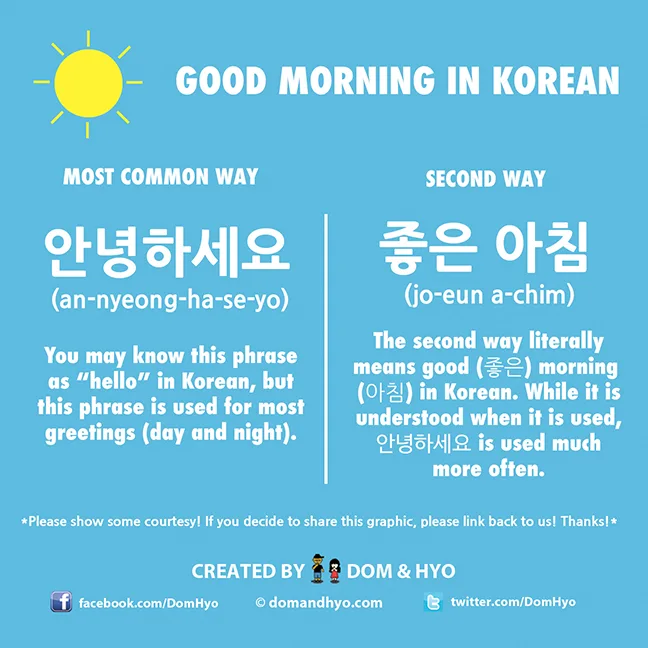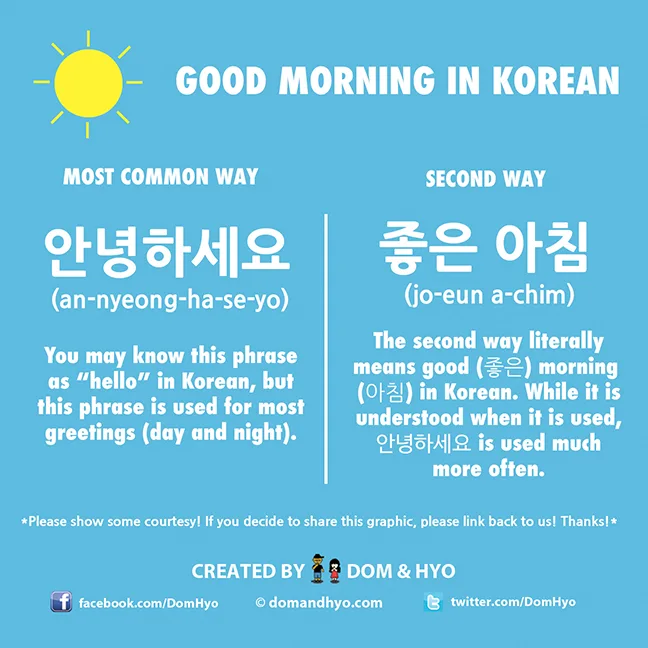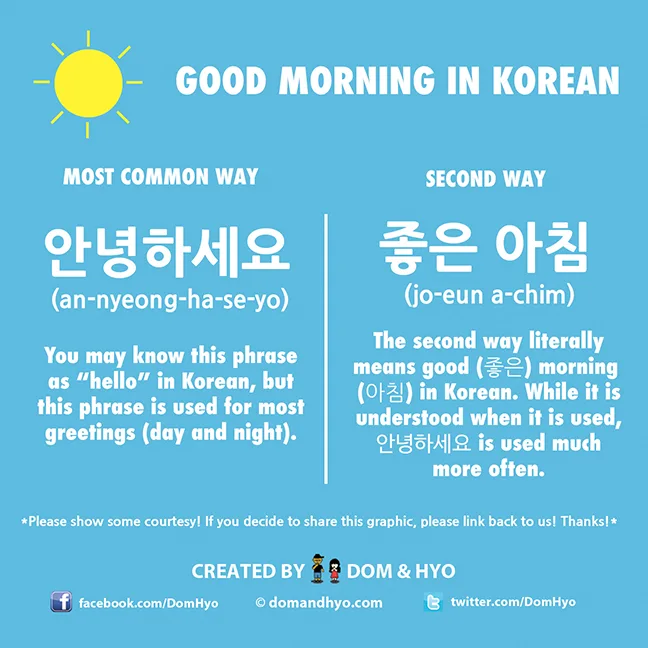korean language Good Morning

Title: How to Say Good Morning in Korean: A Comprehensive Guide
Introduction
Good morning greetings are a universal way to start the day on a positive note. In Korean culture, saying “Good Morning” is not just a formality; it’s a way to express warmth and positivity. If you’re learning Korean or planning to visit Korea, mastering this simple phrase can enhance your communication and connection with native speakers. In this blog post, we’ll explore how to say “Good Morning” in Korean, its cultural significance, and some tips for using it in conversation.
How to Say Good Morning in Korean
The most common way to say “Good Morning” in Korean is “좋은 아침” (joheun achim). Here’s a breakdown:
- 좋은 (joheun) means “good.”
- 아침 (achim) means “morning.”
So, when you combine them, “좋은 아침” translates literally to “good morning.”
For a more formal greeting, you can say “안녕하세요, 좋은 아침입니다” (annyeonghaseyo, joheun achimimnida), which means “Hello, it is a good morning.” This is often used in more professional or respectful settings.
Cultural Significance of Good Morning Greetings in Korea
In Korea, greetings are an essential part of daily interactions. Saying “Good Morning” is not only polite but also reflects a sense of community and respect. Here are a few points to remember:
Respect and Hierarchy: In Korean society, respect is crucial, especially towards elders and superiors. Using the formal version of “Good Morning” shows respect and acknowledges the social hierarchy.
Connection: Greeting others in the morning can foster connections and build relationships, whether in a personal or professional context. It sets a positive tone for the day.
Cultural Norms: Koreans often express their feelings through greetings. A cheerful “좋은 아침” can brighten someone’s day and create a friendly atmosphere.
Using Good Morning in Conversation
Incorporating “좋은 아침” into your daily conversations can help you practice your Korean language skills. Here are a few scenarios where you can use it:
At Home: Greet your family members with “좋은 아침” when you wake up. It’s a great way to start the day together.
At Work: When you arrive at the office, greet your colleagues with “좋은 아침” to promote a positive work environment.
With Friends: Send a text message saying “좋은 아침” to your friends to let them know you’re thinking of them.
Conclusion
Learning how to say “Good Morning” in Korean is a simple yet meaningful way to engage with Korean culture and language. Whether you’re a beginner or looking to enhance your fluency, using expressions like “좋은 아침” can greatly enrich your interactions.
For more tips, phrases, and insights into the Korean language, be sure to check out other posts on goodmorningwishes.net. Whether you’re sending a morning greeting to a friend or simply practicing your language skills, remember that every little effort counts in fostering connections and understanding cultural nuances.
Keywords: Good Morning in Korean, Korean language, greetings in Korean, joheun achim, Korean culture, learning Korean, Korean phrases.
This SEO-optimized blog post aims to engage readers interested in learning the Korean language while also improving the visibility of goodmorningwishes.net in search engine results.













